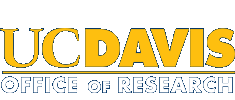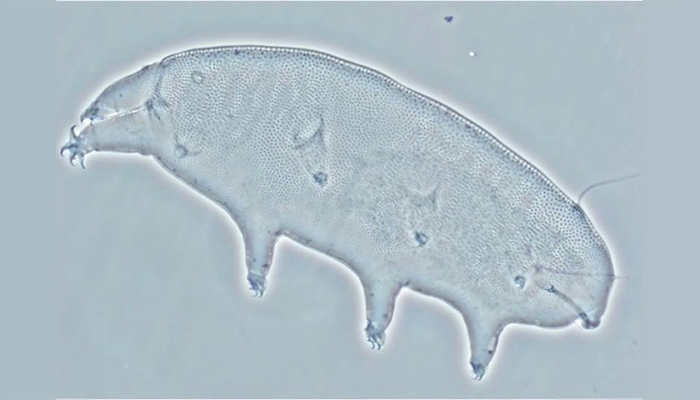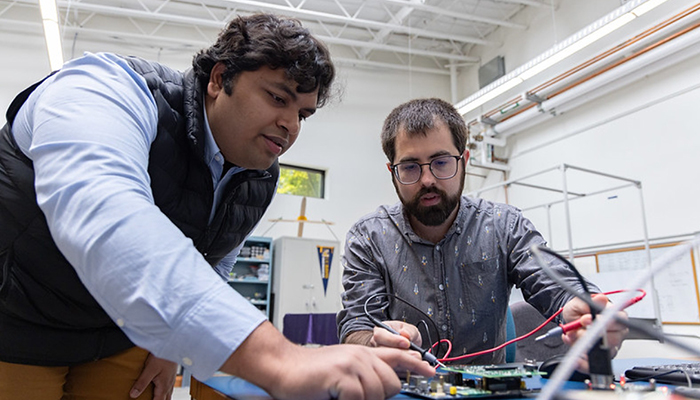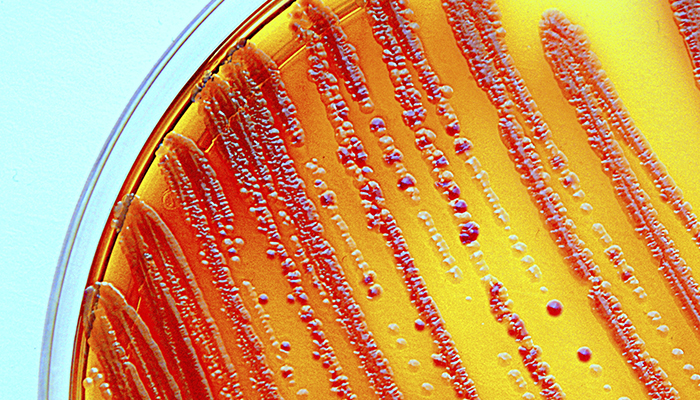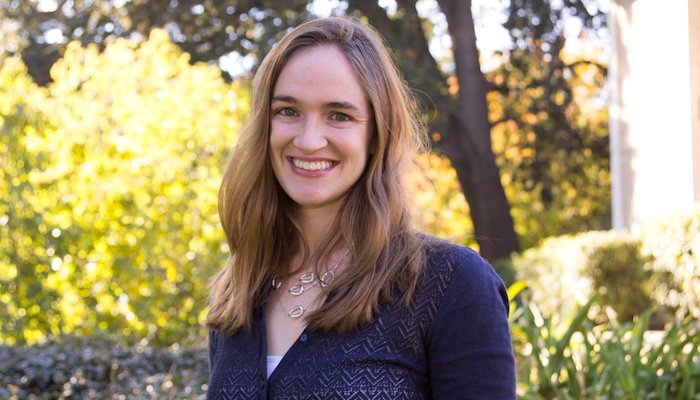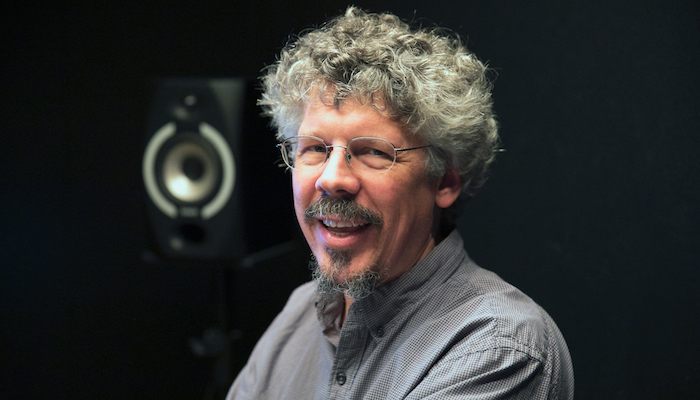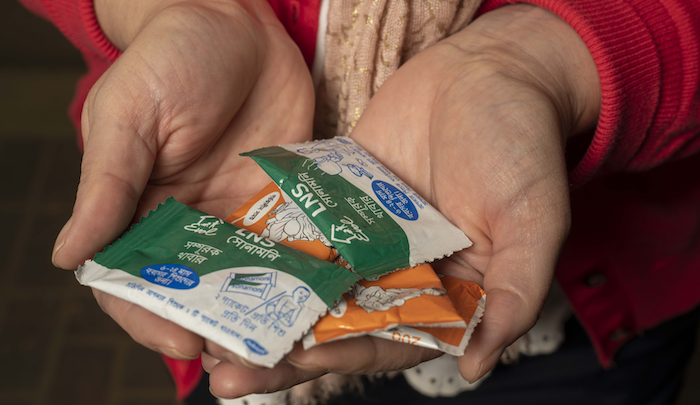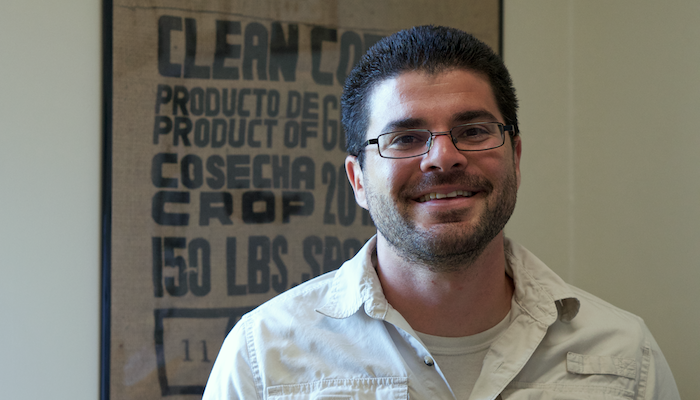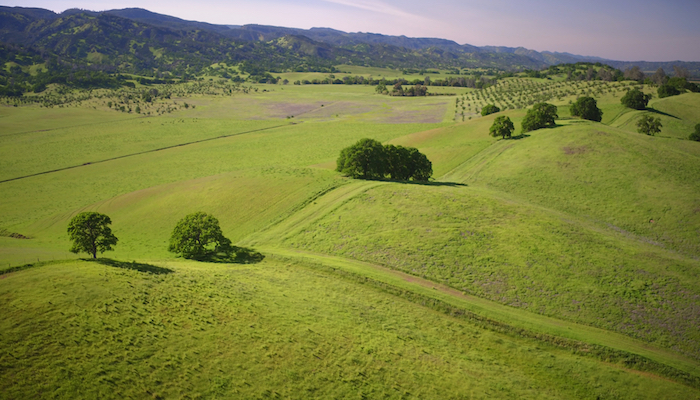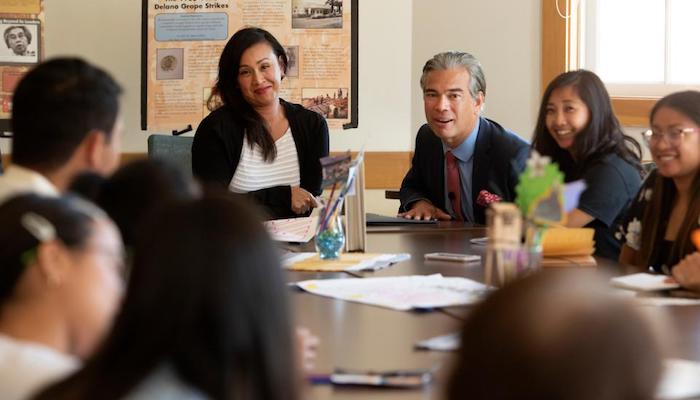Research Inspired by ‘Water Bears’ Leads to Innovations in Medicine, Food Preservation and Blood Storage
By Lisa Howard
When John Crowe and his wife Lois Crowe were researching tardigrades in the 1970s and 1980s, nobody knew much about how the speck-sized organisms — also known as water bears — were able to dry up completely, survive for years, and then somehow revive within a few hours when back in water.
Other organisms can do this as well. Brine shrimp, certain nematodes, baker’s yeast, and some desert plants can dry up for years and come back to life when there is water. The mechanism for this trick, though, was a mystery.
Johnwas a professor in the UC Davis Department of Molecular and Cellular Biology and Lois wasa biophysicist in the UC Davis departments of Zoology and of Molecular and Cellular Biology. Together with their students and postdocs, they set out to discover how these organisms are able to survive in a desiccated form for years.
What they found is that nearly all these organisms produce a simple sugar known as trehalose. They also found that the organisms convert as much as 20 percent of their dry weight to trehalose before they can be dried.
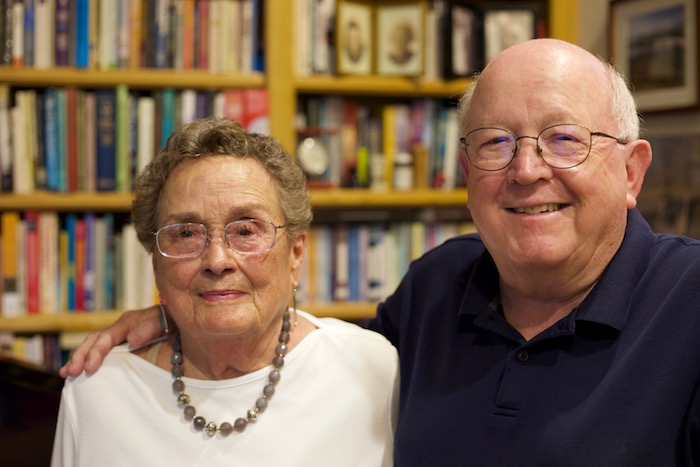
Lois Crowe and John Crowe are known for their pioneering work understanding how some organisms are able to survive extreme dehydration using a simple sugar called trehalose. (Lisa Howard/UC Davis)
The Crowes were able to show that trehalose acts as a water replacement — protecting cells by preventing cell membranes from falling apart and stabilizing proteins and nucleic acids in the dry state.
Their discoveries about the cell-protecting abilities of trehalose opened the door for a wide range of new innovations in food preservation, medicine and blood storage.
One of the Crowes’ methods for freeze-drying liposomes (artificial “sacs” of phospholipid molecules that can deliver microscopic substances to cells) has had an enormous impact.
The University of California licensed their patent, “Methods/Compositions for Preserving Liposomes,” to Vestar Research (later acquired by Gilead), and has been used in AmBisome®, an injectable therapy used for treating a deadly systemic fungal infection that afflicts immune-depressed patients.
The Crowes’ method of preservation using trehalose allows the drug to be safely rehydrated after freeze drying.
The royalties received by the University of California, $13 million during the period of the license from 1986 to 2007, represent an estimated $1.3 billion in sales. AmBisome continues to have significant sales today, many years after the expiration of the patent.
John went on to direct the UC Davis Center for Biostabilization, which in 2005 had about 30 researchers looking forways to preserve blood platelets, red blood cells and “nucleated cells,” or cells with nuclei, such as kidney cells or bone-marrow stem cells.
The Crowes are now retired from their research — although they still follow trehalose studies and allied science — and now enjoy world traveling and attending performances of opera, classical music, theatre, and bluegrass.
Scientists continue to build on the Crowe’s work and make new discoveries about tardigrades. Recent research suggests certain proteins– not trehalose – may be responsible for some tardigrades’ ability to survive drying out. In other tardigrades, though, and in the vast majority of other organisms that survive drying, trehalose seems to be a key factor.
And researchers continue to find new applications for trehalose. McMaster Universityin Canada recently announced that they have found a way to preserve vaccines without refrigeration using trehalose. And In June, researchers at the University of Louisvilleannounced that they are testing a way to convert red blood cells into a long-lasting powder using trehalose.
In 2018, the Crowes were recipients of the UC Davis Medal, the highest honor the university bestows on individuals, and in May they received the 2019 UC Davis Chancellor’s Award for Lifetime Achievement in Innovation.
Contact
- AJ Cheline, Office of Research, 530-752-1101, [email protected]
Resources
- Science Friday: Achieving Suspended Animation, With Help From the Water Bear
- Center works to bring life to that which is ‘dead’
- Top Ramen Platelets: Just Add Water
- Dried CANARY Makes Bioterror Test
Latest News & Events
